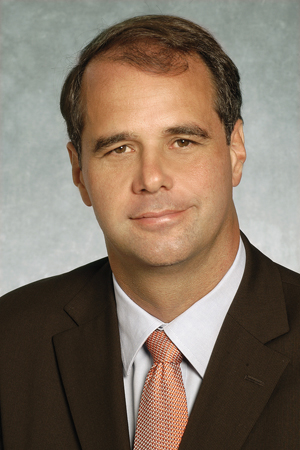Class action lawyers frustrated with overlapping multi-jurisdictional cases have decided to try their hand at coming up with a solution to the problem.

The result is a national class actions task force launched at the Canadian Bar Association’s mid-winter meeting in Ottawa last week.
“Working in both Ontario and Quebec on class action suits allowed me to see the little things that were slowing down the system and making it inefficient and uncertain,” says Sylvie Rodrigue of Ogilvy Renault LLP and the task force’s chairwoman.
“The Vioxx case was a very good example of inefficiency and duplication,” says Rodrigue. “And we were all expecting the Supreme Court to give us clear guidelines on what to do from the [Canada Post Corp. v.] Lépine case, but that never happened.”
The duplication of efforts and instances of judges being too uncomfortable to call their colleagues on the same class action suit in other jurisdictions were just some of the issues that led Rodrigue to decide to take the matter to the CBA.
Rodrigue, who estimates more than 90 per cent of class actions cross provincial boundaries, initially brought the idea to the Ontario Bar Association but knew that if it was going to be successful, it had to happen at a national level.
While last weekend’s objective for the task force was just to announce its birth, the real work will be happening over the next year-and-a-half in an attempt to come up with a judicial protocol solution by August 2011 that would be applicable to each jurisdiction in Canada that has class action legislation.
Rodrigue confirms the main goal is to find the best permanent solution but notes all the focus should be on a temporary solution that could be in place quickly to cut down on court costs; ensure better co-ordination between the courts in different provinces; and clear up the present uncertainty with multi-jurisdictional cases.
“The main objective now is the judicial protocol. [We can] find a practical solution and we can have it working by next year. It’s a lot faster than waiting for legislative reform. If we wait for all the provinces, we’ll be waiting for years.”
The task force is made up of practitioners from across the country who have acted for defendants and plaintiffs, as well as judges, in an attempt to draft guidelines that everyone can approve of, says Rodrigue.
But that doesn’t mean that only the 18 members of the task force will be the ones putting the ideas forward.
“We need a broad consultation for the guidelines. It’s not just going to be decided by the [task force] members in a boardroom,” says Rodrigue.
“We’ll do it through blogs, web sites, [and] surveys in order to reach everybody that is connected to the world of class actions because, if we don’t consult with everybody, no one will agree to them.”
Kirk Baert, who was designated lead counsel in Cloud v. Canada (Attorney General), the first Indian residential school class action certified in Canada, knows all about the problems but is adamant they can be worked out.
“They’re solvable,” he says. “As long as everyone is co-operative and is willing to give up some jurisdictional rights, we’ll find a solution.”
Some of Baert’s simple ideas for managing multi-jurisdictional cases include getting all the judges together in one room either by joint hearings or having them connected by teleconference or videoconference.
Baert started dealing with class action suits 15 years ago and admits these problems didn’t come up as frequently then. But now, with all but one province having passed comprehensive class proceedings legislation, cases are on the rise, and with that come soaring costs.
“It hasn’t reached a crisis yet, but the present situation won’t work forever,” he says. “And being a defendant in eight different provinces at the same time is money that could be well-spent towards a settlement.”
One minor step the CBA has already taken to start clearing up the mess of multi-jurisdictional cases is the online class actions database. It allows for the legal world to become aware of any multi-jurisdictional cases. It’s not mandatory, however, and it doesn’t solve the problem of overlapping cases.
Rodrigue says she sees a judicial protocol as the next best step, one that doesn’t come with any potential constitutional problems as a legislative solution would.
“The protocol has a better chance of success,” says Rodrigue. “It’s not as complicated and delicate as the legislative amendments.”

 The result is a national class actions task force launched at the Canadian Bar Association’s mid-winter meeting in Ottawa last week.
The result is a national class actions task force launched at the Canadian Bar Association’s mid-winter meeting in Ottawa last week.